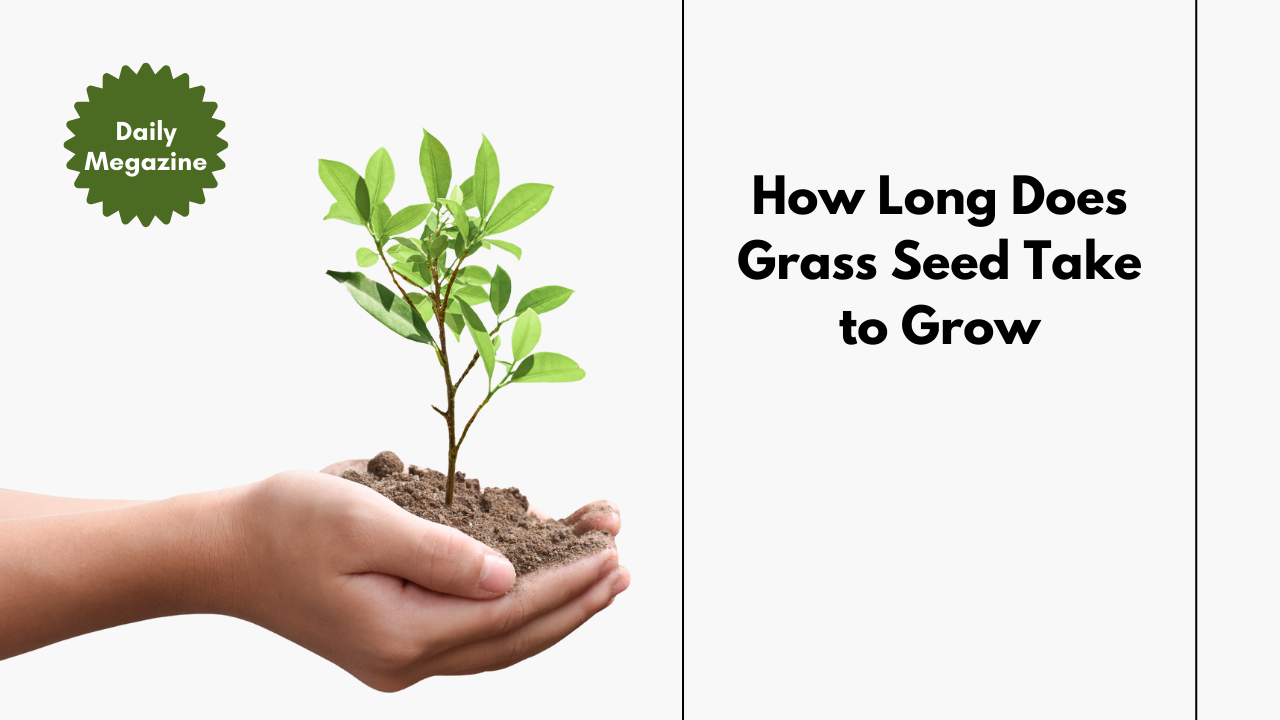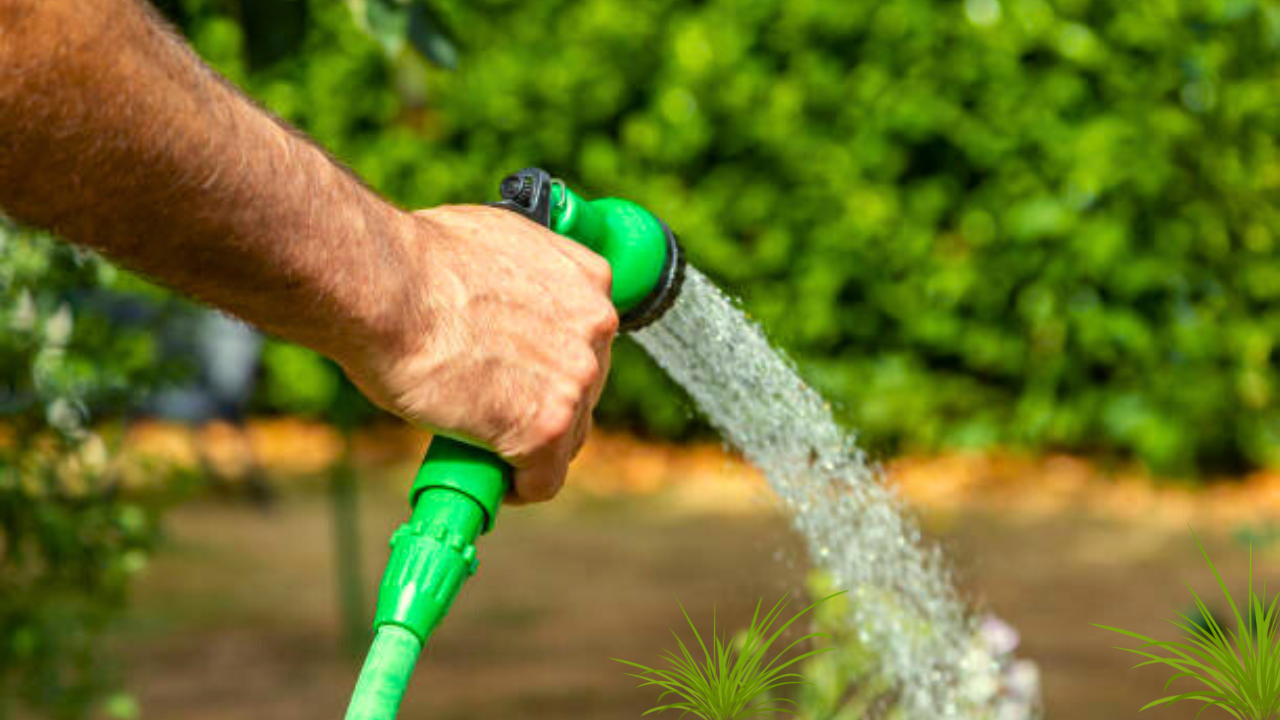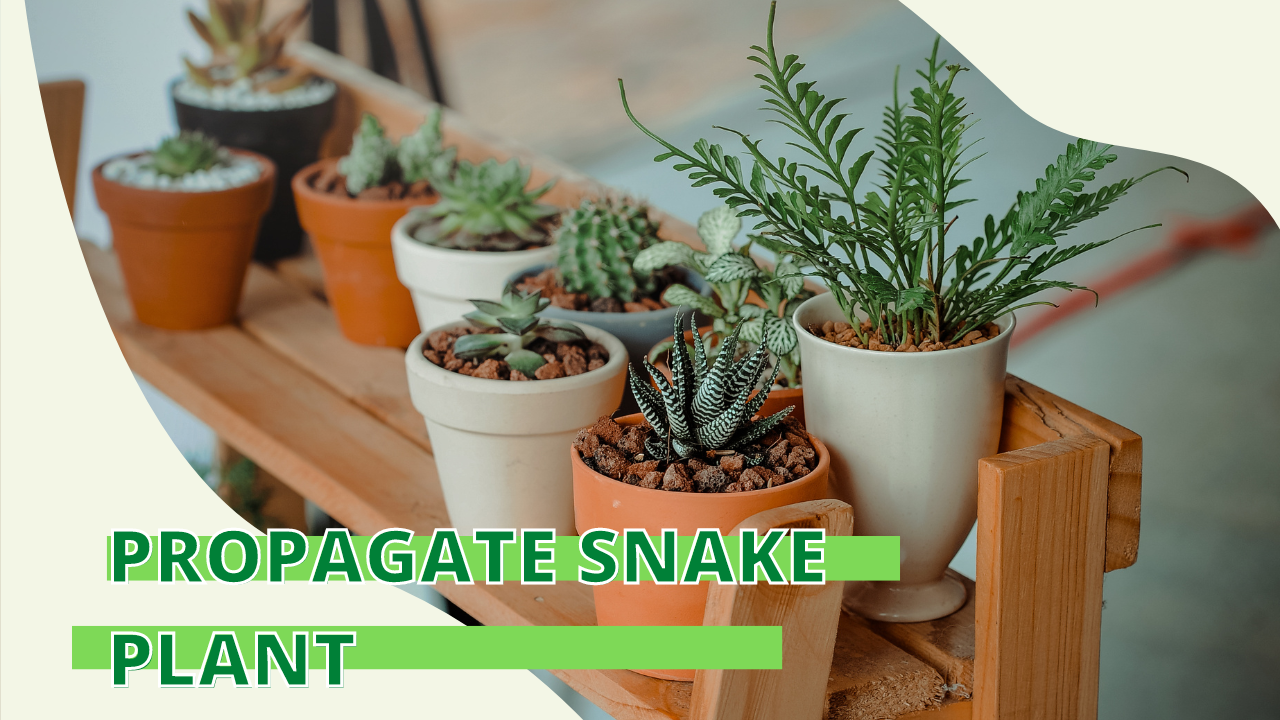When it comes to lawn care, one of the most critical aspects we often overlook is the germination and establishment of grass seed. Understanding how long it takes for grass seed to grow isn’t just about being patient; it’s about setting realistic expectations and planning our care practices effectively. After all, when we invest time and resources into our lawns, we want to see the fruits of our labor, right?
In my experience, the joy of seeing freshly sprouted grass peeking through the soil can be incredibly rewarding, but it also comes with a need for knowledge. Knowing the typical timelines and the various factors that can affect grass growth can make a significant difference in how we nurture our lawns. Whether you’re starting a new lawn, patching up bare spots, or overseeing a larger landscaping project, this information can guide our actions and help us achieve the lush, green space we desire.
Germination Timeframes
Let’s dive into the heart of the matter—germination timeframes. Generally, we can expect grass seed to begin germinating within 5 to 30 days after planting, depending on a few key factors. When I first planted grass seed in my yard, I was amazed at how quickly some types sprouted compared to others. It’s essential to be aware of these variations so we can plan accordingly.
Table of Common Grass Types
Here’s a handy table outlining the germination times for different grass types:
| Grass Type | Germination Time |
|---|---|
| Perennial Ryegrass | 5-10 days |
| Fine Fescue | 7-14 days |
| Tall Fescue | 10-14 days |
| Kentucky Bluegrass | 14-30 days |
| Bermudagrass | 10-30 days |
| Zoysiagrass | 14-21 days |
| Centipedegrass | 14-21 days |
| St. Augustinegrass | 10-30 days |
When I planted Perennial Ryegrass for the first time, I was delighted to see green blades poking through within just a week! In contrast, my experience with Kentucky Bluegrass took much longer, and I found myself checking the soil daily with a sense of anticipation.

Factors Affecting Growth
Several factors can influence how quickly our grass seeds germinate and establish. Let’s explore these elements to better understand how to optimize our lawn care practices.
Type of Grass Seed
As I learned through trial and error, different types of grass have varying germination rates. Cool-season grasses, like Kentucky Bluegrass, thrive in temperatures between 60°F and 75°F, making them ideal for early spring or fall planting. On the other hand, warm-season grasses, such as Bermudagrass, prefer the heat and can be planted in late spring. Choosing the right grass type for our region and climate can significantly impact our success. Weather Conditions
Weather plays a crucial role in germination. From my experience, the ideal conditions include not just the right temperature but also consistent moisture. For example, after planting, I made sure to water lightly several times a day for the first two weeks to keep the soil moist without oversaturating it. I quickly learned that too much rain or extreme heat can hinder growth, so monitoring local weather conditions became a vital part of my routine.
Soil Preparation and Quality
Soil quality is another factor we can’t overlook. I discovered that well-prepared soil enhances germination rates. Ensuring a balanced soil pH (ideally between 6.0 and 7.2) and enriching the soil with nutrients through fertilization can lead to faster growth. For instance, I had one patch of my lawn where I skipped soil preparation, and the difference was remarkable compared to the areas I had enriched beforehand.

Maintenance Practices
Proper maintenance during the germination phase is essential. I found that keeping the soil consistently moist was key. Initially, I watered lightly multiple times a day, but once the seedlings emerged, I reduced the frequency and increased the watering duration. This encouraged deeper root growth, which paid off when my grass became healthier and more resilient.
Growth After Germination
Once germination occurs, we must be prepared for an additional 8 to 12 weeks of growth before our grass is ready for mowing. This period is crucial, as continued care is necessary to ensure healthy grass development. During this phase, I made it a point to monitor watering closely, fertilize appropriately, and keep an eye out for pests.
FAQs Section
1. How long does it typically take for grass seed to germinate?
Grass seed generally germinates within 5 to 30 days, depending on the type of grass and environmental conditions. For example, Perennial Ryegrass can sprout in as little as 5-10 days, while Kentucky Bluegrass may take 14-30 days.
2. What factors affect grass seed germination?
Several factors influence germination, including:
- Type of grass seed: Cool-season grasses germinate best in cooler temperatures, while warm-season grasses prefer warmer conditions.
- Weather conditions: Temperature and moisture levels are crucial; too much heat or too little water can hinder growth.
- Soil quality: A well-prepared soil with the right pH and nutrient content enhances germination.
- Maintenance practices: Proper watering and care during the germination phase are essential for healthy growth.
3. What is the best time to plant grass seed?
The best time to plant grass seed varies by grass type. Generally, cool-season grasses are best sown in early spring or fall, while warm-season grasses should be planted in late spring to early summer when temperatures rise.
4. How often should I water grass seed during germination?
During the germination phase, it’s recommended to keep the soil consistently moist. Water lightly several times a day for the first two weeks. Once the grass seedlings emerge, you can reduce the frequency of watering while increasing the duration to encourage deep root growth.
5. What should I do if my grass seed doesn’t germinate?
If your grass seed fails to germinate, first check the following:
- Soil moisture: Ensure you’ve been watering adequately without over-saturating the soil.
- Temperature: Confirm that you’ve planted the appropriate grass type for the current weather conditions.
- Soil quality: Test the soil pH and nutrient levels to make sure it’s suitable for grass growth.
- Seed quality: Check if the seeds are fresh and from a reputable source. If they’re old or improperly stored, they may not germinate.
Final Thoughts
Growing a lush lawn starts with understanding the journey of grass seed germination. Typically, we can expect to see those little green sprouts within 5 to 30 days, depending on various factors like grass type and environmental conditions. This knowledge empowers us to take the right steps in nurturing our lawns from the very beginning.
















